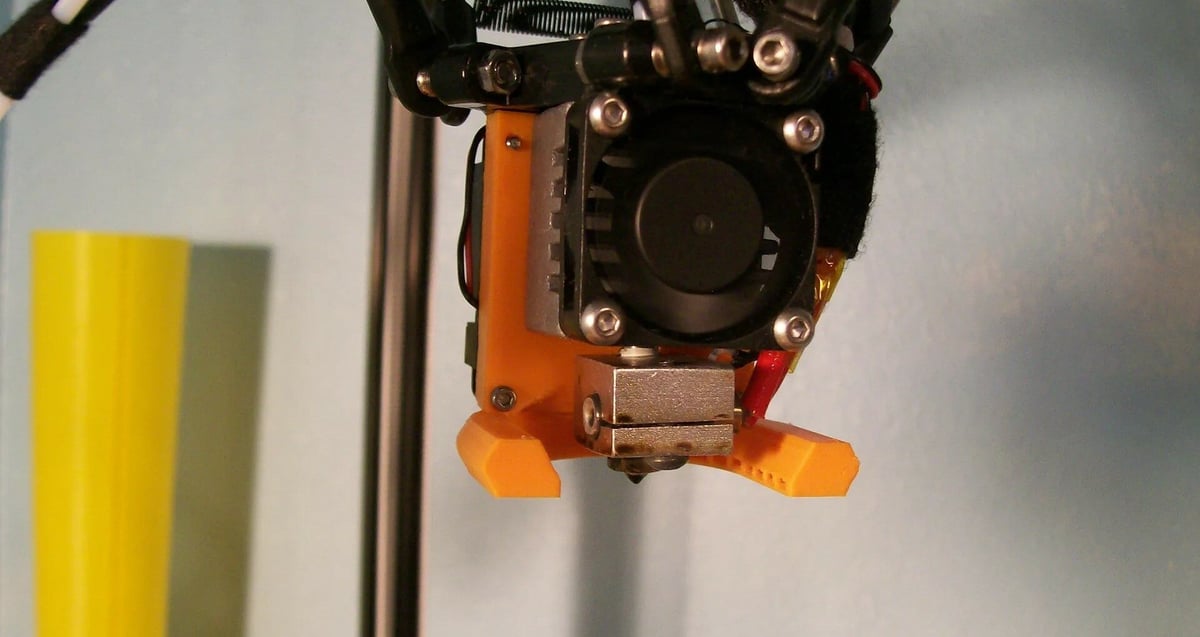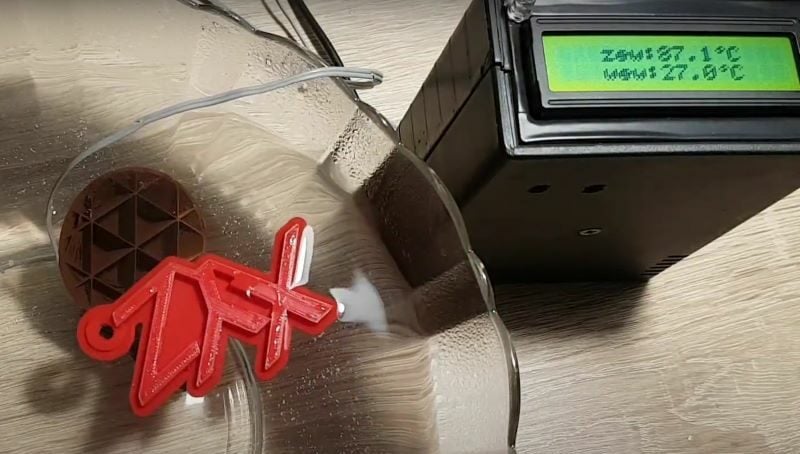ABS, short for acrylonitrile butadiene styrene, was among the earliest materials used in fused deposition modeling (FDM) 3D printing. It’s one of the most common plastics today, used in processes like injection molding to create anything from airplane seats to Lego bricks.
When PLA came along, it dethroned this long-standing champion as a general-use filament. Now, PETG, polyethylene terephthalate glycol, threatens to do the same for high-strength applications as well.
Also referred to as “copolyesters”, the various blends of PETG are described as striking the perfect balance between ABS’s strength and PLA’s ease of use.
So, how does good ol’ ABS stack up against this new range of materials? Let’s find out.
Ease of Use
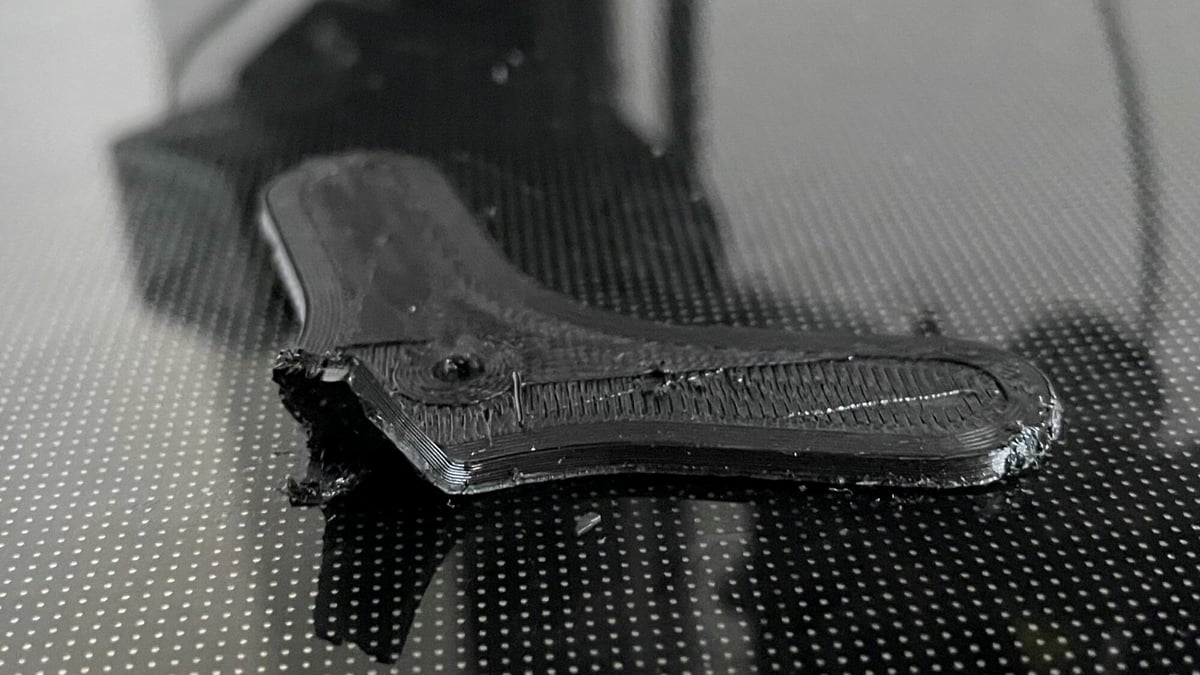
ABS is infamous for being tricky to print with. That’s why PLA was able to overtake it, and it’s what makes PETG such a good contender. Here’s how they compare.
Warping, Adhesion & Cracking
One of the biggest problems with ABS is that it doesn’t like to stick, both to itself and to print surfaces. Heated beds – running at upwards of 110 °C – are a must. So are heated build chambers, which can make or break prints. Poorly heated prints will warp dramatically, deforming and peeling off the build plate, and even cracking between layers.
PETG is far more forgiving in these respects. Warping is still possible but is dramatically reduced in comparison to ABS. With regard to bed temperatures, the range between 50 °C and 80 °C is sufficient to print PETG.
In fact, bed adhesion is often too good, sometimes tearing chunks out of the build surface. This is easily remedied by coating the build plate with a release agent like glue or hairspray, guaranteeing successful prints. Parts only crack when fan speeds are too high, which is easily compensated for. No heated build chamber is required.
When you sum it all up, it’s far easier to succeed with PETG because it avoids a lot of temperature-related print defects.
Temperature Requirements
As alluded to earlier, ABS is much more demanding than PETG when it comes to temperature. While both materials have a comparable range of required hot end temperatures – between 210 °C (ABS) or 220 °C (PETG) to 250 °C, ABS is much more sensitive to temperature fluctuations than PETG, hence the recommendation for a heated chamber.
Not all printers can manage the ABS’ temperature needs. Few printers have heated build chambers. Fortunately, it’s relatively easy to DIY your own printer enclosures.
Odor & Particle Emission
PETG is much more pleasant from a health perspective. It has minimal odor while printing, with low VOC and particle emission.
ABS, however, can have anywhere from slight to strong printing odors with heavy particle emission, a serious health issue. You definitely shouldn’t be in the same room as a printer chugging out ABS parts.
Post-Processing
ABS shines in its flexibility in post-processing. Both PETG and ABS can be worked with typical metalworking tools like deburring tools and taps, but ABS offers some additional advantages.
Namely, you can easily paint and glue ABS. To paint PETG, you’re best off using a primer in order to have good adhesion, which is a step that could be skipped if you’re working with ABS. While solvent will work for gluing ABS parts together, you’ll have to opt for super glue or epoxy to get PETG to stick. This is especially important for large parts that you intend to rework cosmetically, as PETG will quickly become a pain to work with. For post-processing, ABS definitely has the upper hand.
Hygroscopicity & Storage
Both PETG and ABS are hygroscopic, easily absorbing moisture from the air. This moisture deteriorates the material itself and can ruin an otherwise fine spool of filament.
Strength & Durability

Traditionally, ABS has been the go-to material for high-strength applications, but PETG challenges that. Here’s how they stack up in terms of strength and durability.
Strength
As it turns out, many users have found that ABS is actually much weaker than PETG. This is especially true when loads go in the same direction as the layer lines, as ABS tends to have poorer layer adhesion.
With the appearance of newer materials, ABS’s strength in 3D printing applications has really grown into a mere myth. The only application where ABS outperforms PETG is when subject to compressive forces.
UV Resistance
In the long run, PETG will fare much better under the sun. It’s affected minimally by UV radiation, especially compared to ABS, which can weaken significantly.
If you need a material for outdoor use, PETG will last much longer. Alternatively, ASA, a close relative of ABS, has exceptional UV stability that makes it perfect for rigid, outdoor-use parts.
Temperature Resistance
ABS gets a slight edge in temperature resistance. While PETG’s glass transition temperature is around 80 °C, ABS can go until about 105 °C. The margin is small enough that PETG will last in most electronics applications, but only ABS will survive boiling water. When it comes to temperature resistance, ABS definitely has a slight upper hand.
Price & Availability
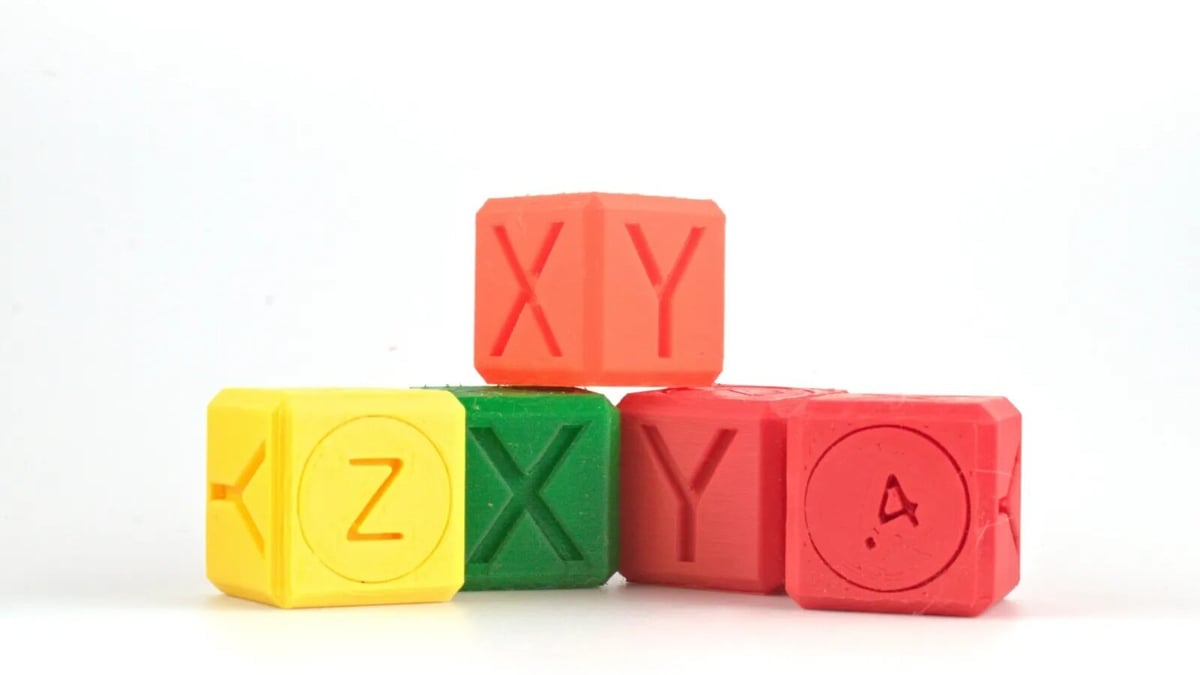
While ABS used to be more common, it has been increasingly replaced by PETG. The materials also offer slightly different options in terms of color and blends. Here are some differences that you might encounter:
PETG
PETG used to be unique due to its availability in transparent colors, which are useful for builds like lampshades and vases. ABS, however, has since caught up, with some brands offering transparent white as well as colors.
With its popularity among makers, many manufacturers are now offering PETG filaments as well as composites with PETG bases. The price of PETG can range anywhere from daily use to premium, especially when they’re blended for more strength or print quality.
ABS
ABS’ advantage comes with price. Per kilogram, it’s usually cheaper than PETG. ABS is also lighter, so each spool will actually last you longer.
Though you’ll see brands offering ABS filaments that have been optimized for certain material properties, ABS doesn’t have as much variety as you’ll find among PETG offerings.
Which One's Right for You?
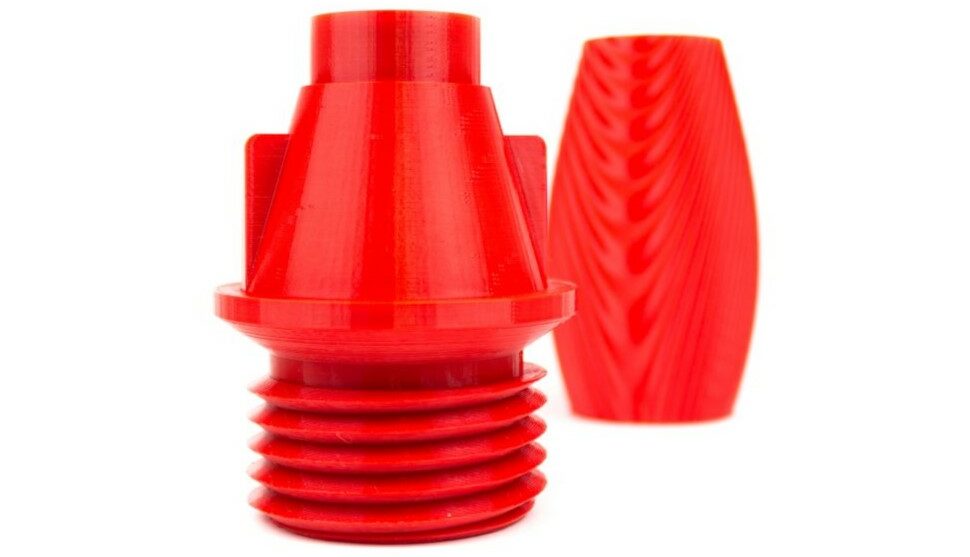
For most people, there really isn’t a reason to choose ABS over PETG. PETG is stronger, more durable, and it prints better. It’s also available in a wide variety of novelty and composite filaments.
ABS is only necessary if you need its temperature resistance, rigidity, or its ability to be glued and painted. Otherwise, it’s difficult to justify the printing difficulties involved.
Hopefully, this guide helped you differentiate between the two filaments. For help using these materials, refer to our guides on succeeding with PETG and ABS.
Happy printing!


